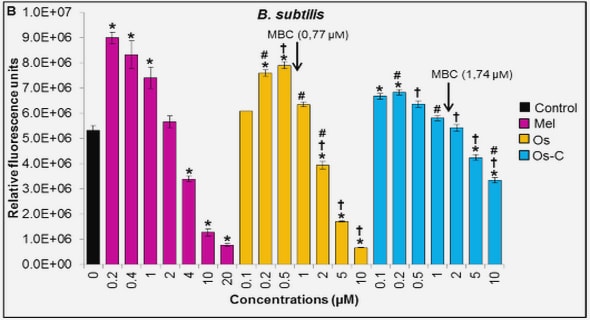(Downloads - 0)
For more info about our services contact : help@bestpfe.com
Table of contents
1 Diapycnal mixing in the ocean: from ocean sampling to ocean modelling
1.1 From Turbulent Kinetic Energy dissipation rates to diapycnal mixing: energy conservation
1.2 Micro-structure: a local measure
1.3 The fine-scale parameterization: inferring mixing from shear and stress
1.4 Ocean recipes: from topography and stratification to mixing estimates
1.4.1 Getting the bottom energy conversion
1.4.2 The nonlinear propagation model
1.4.3 Caveats
1.5 Towards global estimates
1.5.1 Getting a global coverage of TKE dissipation
1.6 Summary of the diapycnal mixing parameterizations
2 A first look at the phenomenology: numerical simulations
2.1 Introduction of the numerical case study
2.1.1 Physical configuration
2.1.2 Numerical set-up
2.1.3 Off the hat behavior
2.2 Description of the Turbulent Kinetic Energy dissipation rate
2.3 Description of inertial oscillations
2.4 On the link between IO amplitude and TKE dissipation rate
3 Attempting to predict inertial oscillation amplitude: an approach following Nikurashin and Ferrari 2010
3.1 The asymptotic theory
3.1.1 Assumptions of the theory
3.1.2 Keeping the vertical coordinate
3.2 Comparison with the simulations
3.2.1 Growth rate of the inertial oscillations
3.2.2 Vertical extent of the inertial oscillations
4 Attempting to predict inertial oscillation amplitude: on the importance of resonant triad interactions
4.1 The resonant interaction theory
4.1.1 Pros and cons of the underlying hypotheses
4.1.2 Derivation
4.2 Analyzing the numerical experiments in light of the resonant interaction theory
4.2.1 Applying the RIT to the interaction involving inertial oscillations and internal lee waves
4.2.2 Comparison with the simulations
4.3 The computation of ¶zu0w0 in the RIT
5 Towards a three dimensional description
5.1 Possible implications of three-dimensional dynamics
5.1.1 Specificities of two and three-dimensional studies
5.1.2 Implications of momentum deposition on large scale circulation
5.2 Design of the numerical experiment
5.2.1 A new numerical code
5.2.2 Defining the experimental setup
5.2.3 Practical implementation
5.3 Analysis of the simulations
5.3.1 Overview of the analysis
5.3.2 Energy reservoirs and fluxes
5.3.3 The Transformed-Eulerian Mean (TEM) framework
5.3.4 Preliminary results
5.4 Conclusion
Conclusions and perspectives
A Annexes
A.1 Resonant interaction theory
A.1.1 Deriving the resonant interaction theory
A.1.2 Calculation of the growth rate
A.2 Asymptotic theory, from Nikurashin and Ferrari (2010) and more .
A.2.1 Summary of Nikurashin and Ferrari (2010)
A.2.2 Moving on from Nikurashin and Ferrari (2010)
A.2.3 Vertical structure and propagation of inertial oscillations
Bibliography



